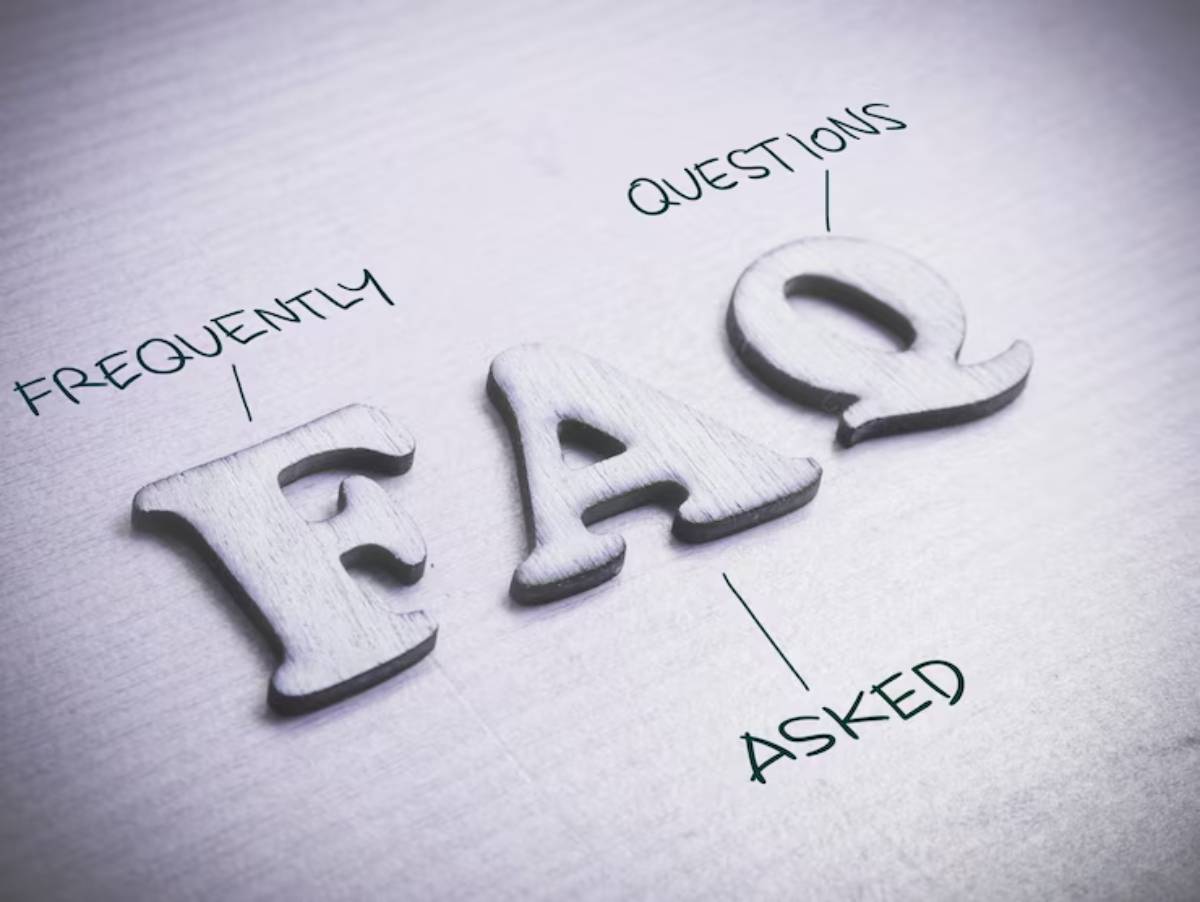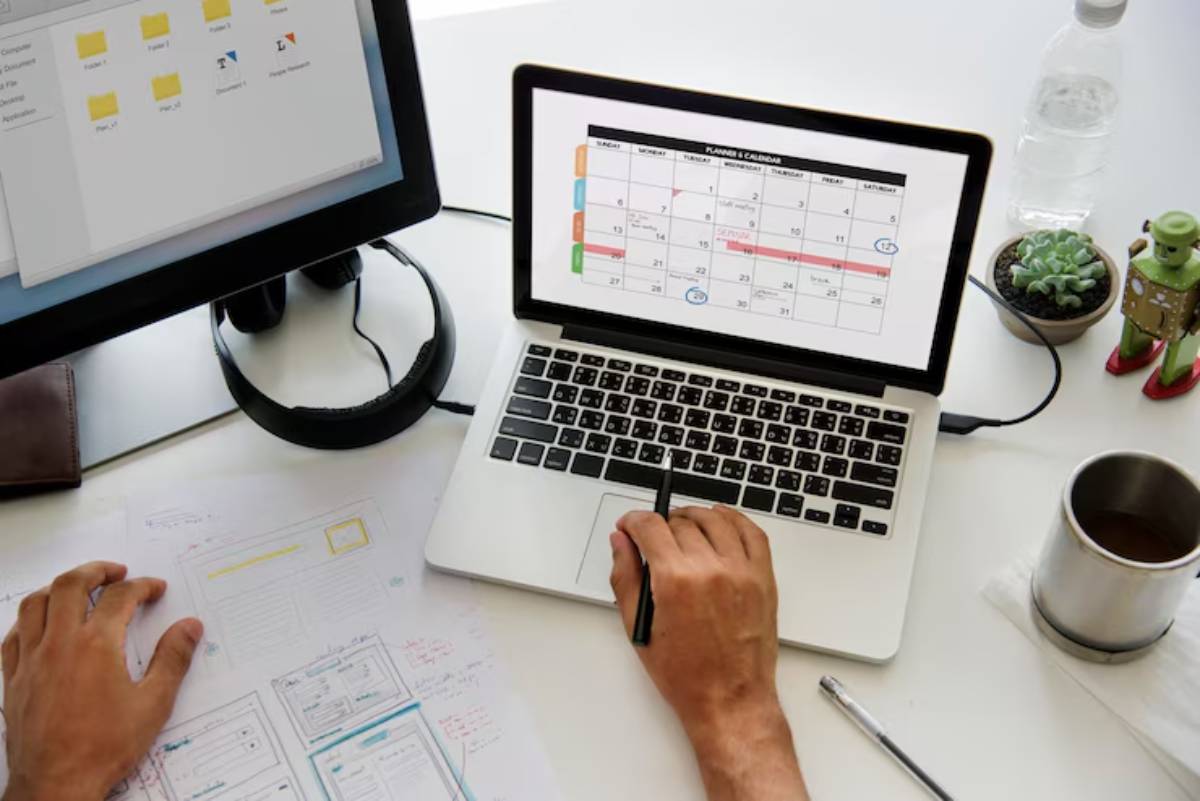
How to Transition Between Time Blocks Without Losing Focus
The Hidden Skill That Separates Busy from Productive
You’ve carefully time blocked your day—deep work, meetings, admin, even breaks. But when it’s time to move from one task to another, your mind stalls. You lose rhythm. The momentum fades.
If this sounds familiar, you’re not alone.
Transitioning between time blocks is often overlooked, but it’s the glue that holds your productivity system together. Without smooth task switching habits, even the most beautifully planned schedule can fall apart.
In this guide, you’ll learn how to move between time blocks without losing focus, using simple routines, mindset shifts, and expert strategies grounded in cognitive research and real-life productivity habits.
Understanding the Core: Why Transitions Matter in Time Blocking
When we shift from one task to another, we engage in what psychologists call context switching. Every time you switch focus, your brain needs time to reorient. This can result in “attention residue”—leftover thoughts and energy from the previous task, causing mental lag and stress.
Key Cognitive Challenges:
- Attention residue: Your focus doesn’t fully transfer to the next task.
- Cognitive overload: You try to carry the past task with you.
- Delayed flow state: Your brain needs time to reset and re-engage.
According to a University of California, Irvine study, it takes over 20 minutes to regain focus after a distraction. That applies to poor transitions, too.
With the right transition rituals, you can train your brain to shift gears faster and more smoothly, unlocking deeper, more sustainable focus.

Quick Guide: 5 Steps to Smooth Task Switching
- Finish your current block with a closing ritual.
- Take a short, intentional reset break.
- Use movement or breathwork to clear attention residue.
- Preview the next task before jumping in.
- Ease into focus with a warm-up activity or checklist.
Step-by-Step Guide: Transitioning Between Time Blocks Smoothly
1. End Each Block with a Closing Ritual
Before jumping into the next thing, consciously end the current task. Don’t just stop—wrap up.
Examples:
- Save your progress
- Note what’s next in a journal or digital tracker
- Tidy your workspace or close browser tabs
Pro Tip: This signals your brain that the task is complete and lets you mentally “file it away.”
2. Take a Micro-Break
Even 2–5 minutes can make a difference. Stretch. Breathe. Walk to another room. Avoid screens.
Important: Think of this as your system’s “reset” button.
3. Use Anchoring Rituals
These are short physical or mental cues that help shift states.
Try:
- 3 deep breaths
- Listening to the same focus playlist before each block
- Sipping tea or splashing cold water
This creates a predictable rhythm that guides your brain into a new mode.
4. Glance Ahead, Not Back
Open your planner or digital calendar and preview the next block.
Ask:
- What’s the objective?
- What do I need to start?
- How do I want to feel during this task?
If you use journaling, include this as part of your daily review or preview: How to Combine Time Blocking with Daily Journaling
5. Begin with a Warm-Up Action
Jumping cold into a big task can be jarring. Instead, start with a low-resistance step.
Examples:
- Open your design file, but don’t edit it yet
- Skim your notes for the next article
- Write the task title at the top of your paper
This tells your brain, “We’re starting, but gently.”
Things to Remember
Leave Buffers Between Time Blocks
Schedule 5–15 minutes between blocks for recovery, spillover, or prep.
Avoid Endless To-Dos
Don’t plan tasks back-to-back with no breathing room. This leads to a rush and burnout.
Practice “Mental Clean-Up”
Try writing 1–2 lines in your journal to close the block:“I finished outlining the strategy doc. Tomorrow: tighten intro and add visuals.”
Secret Tip: This clears mental clutter and supports reflection.
Best Practices & Additional Insights
Use Task Pairing Intentionally
Place tasks that require similar energy or mindset next to each other. E.g., writing > editing, not writing > finance.
Batch Contexts Where Possible
Reduce how often you need to transition at all. Group emails, calls, or admin into single blocks to minimise context switching.
Keep a Transition Journal
Track what throws you off during switches—hunger? Slack? Unfinished thoughts? Then pre-emptively plan for them.

FAQs: Mastering Time Block Transitions
What if I can’t take a break between blocks?
Even 30 seconds of deep breathing or closing your eyes helps. Don’t skip the reset—just compress it.
How can I stop thinking about the last task while starting the next?
Use a written “brain dump” to offload lingering thoughts. Add them to your task tracker or next day’s block.
Do I need a different transition ritual for each type of task?
Not at all. In fact, consistency helps. A simple 3–step routine (close, reset, preview) works across most contexts.
Is it okay to run overtime if I’m in the zone?
Occasionally, yes. But regularly overrunning blocks breaks your system. Instead, add overflow buffers to your day.
What if my tasks require totally different mindsets?
Plan a longer transition time between high-contrast tasks (e.g. from creative to analytical work). Use anchoring rituals to help reset your focus and energy.
How do I handle mental clutter if I’m jumping between projects?
Keep a dedicated “parking lot” notebook or digital note to quickly offload lingering thoughts before starting your next task.
Can I transition using music or sound?
Absolutely. Playing a specific transition or focus playlist can act as an auditory signal that helps your brain switch modes more smoothly.
Should I log how my transitions go?
Yes—briefly noting how you felt moving from one task to another can reveal patterns, helping you refine your schedule and transitions over time.
Conclusion: The Power’s in the Pause
Staying productive isn’t just about what you plan—it’s about how you move through it. Transitions between time blocks are your secret weapon. When you give your brain space to shift gears, you regain clarity, protect focus, and build a workflow that actually works.
Try this: Add a 5-minute break + 1-minute preview between your next two blocks. See how it changes your energy and effectiveness.
Need to dive deeper? Check out How to Audit Your Week to Create Better Time Blocks.


